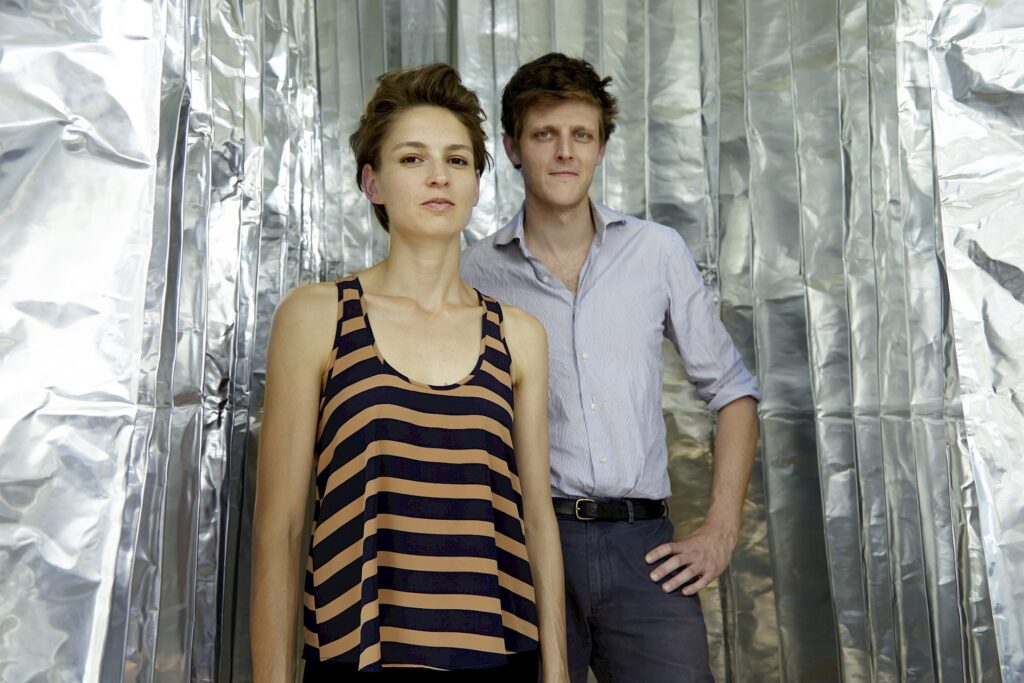The studio is a collaborative practice between Johanna Meyer-Grohbrügge from Germany and Sam Chermayeff from New York. The two met at SANAA in Tokyo where they worked from 2005 to 2010. Their new venture, June14 Meyer-Grohbrügge&Chermayeff, begins with a desire to make things, places, and atmospheres for people. Their office and work aims to have people relate to architecture, for architecture to relate to people, and for people to relate to themselves. June14 searches for an understanding of different ways of living and working in the contemporary world. The work stems from a belief that architecture can make things happen and that things can happen to architecture. The office is an exchange with its users. It is open to new ideas. On a practical level, the principals have experience with a wide range of projects from small gardens and bespoke furniture to office towers. The office’s intention is to expand that range while maintaining a dynamic understanding of the human scale.The office is based in Berlin and New York.
June14 Meyer-Grohbrügge & Chermayeff

CAB 2 Contribution
Project Overview
She stands indifferent in a crowded room. She works as a waitress at the bar of the most famous palace of pleasure in Europe, the Folies-Bergère, whose name refers to the latin term folia: an eighteenth century term for a country house hidden by leaves where it was possible to dedicate time freely to diverse occupations. Only the large mirror behind her tells us where we are, but at the same time, the only solid realities are the marble bar top and the objects placed on it—crème de menthe, champagne, beer, a bowl of oranges, and a vase with two flowers.
Manet, unlike his contemporaries, was not interested in classical antiquity; he sought to objectively describe the trivial reality of his time. We look to the past to inform the present as we look ourselves in the mirror, building a one-to-one model of the real elements of the painting, the bar surface, and the objects.
The model creates the scene using Manet’s mirror strategy, reducing the marble materiality to a surface without thickness or weight. It recreates the painting’s perspective. G.A.R. Hall becomes the reinterpretation of the interior of the painting, and the audience repopulates it and its pleasures.